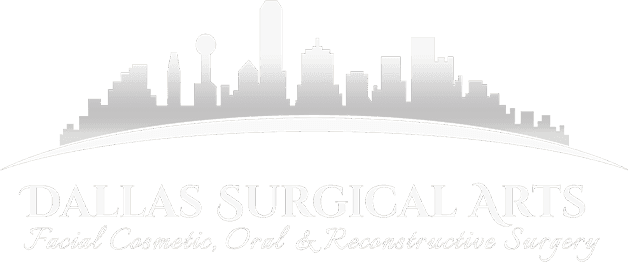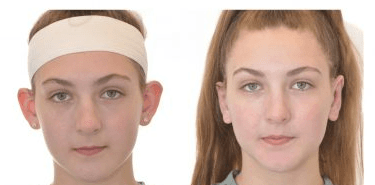Why otoplasty (ear reshaping)?
If ears are very large, prominent, or distorted, they tend to catch the attention of unfortunate bullying & can severely lower children & young adults self-esteem. Protruding, or poorly shaped ears can be flattened & contoured to a more desired form with an ear reshaping surgery. The cartilage in the ear, which is flexible and elastic, is responsible for its shape & can be bent to be permanently improved by Dr. Randy Sanovich.
How is the procedure performed?
Ear reshaping is performed under a light general anesthetic. A long lasting local anesthetic is also used to maintain optimal comfort during recovery. A small incision is made on the back of the ear & the cartilage is reshaped as needed. Some cartilage is usually removed to reduce the ear prominence. Permanent sutures are placed in the cartilage to create the desired contours & the incision is closed with dissolving sutures. A fluffy bandage is applied for the first day or two.
Is this safe for my child?
An otoplasty is actually more common during childhood than adulthood. This procedure is preformed on patients of any age, but for best results, an otoplasty should be done after the ears reach their full size, which normally happens by of 5 years of age. A Junior otoplasty is not for cosmetic vanity.
This procedure is purely for reconstruction and to combat any negativity that comes with ear protrusion or shape. Pediatricians & child psychologists do recommend however, that children be old enough to understand what the operation involves beforehand.
Other FAQs:
- Where is the Procedure Completed? The surgery is completed in our in-office surgical suite
- How Long is the Procedure? The typical length for a junior otoplasty surgery is 1 to 2 hours
- Am I Sedated? Yes, you are sedated with a light general anesthesia, administered & monitored by Dr. Sanovich & his highly trained surgical staff
- What Does It Cost? This procedure can range from $3000 – $4000
- What Can I Expect Post-Op To Be Like? There may be some mild swelling and bruising of the ears which will usually resolve in seven to fourteen days. The ears can remain tender for a month or more, but are usually not tender unless pressure is applied. The patient must be careful when sleeping to keep from rubbing the ears on the pillow. A sweatband or ski band should be worn while sleeping for the first few weeks to protect the ears & relieve tension.
Still have questions?
Call (972) 914-3660 to request a free consultation with double-board certified cosmetic and oral & maxillofacial surgeon Dr. Randy Sanovich!
12740 Hillcrest Rd Suite 100
Dallas, TX 75230
www.DallasSurgicalArts.com


